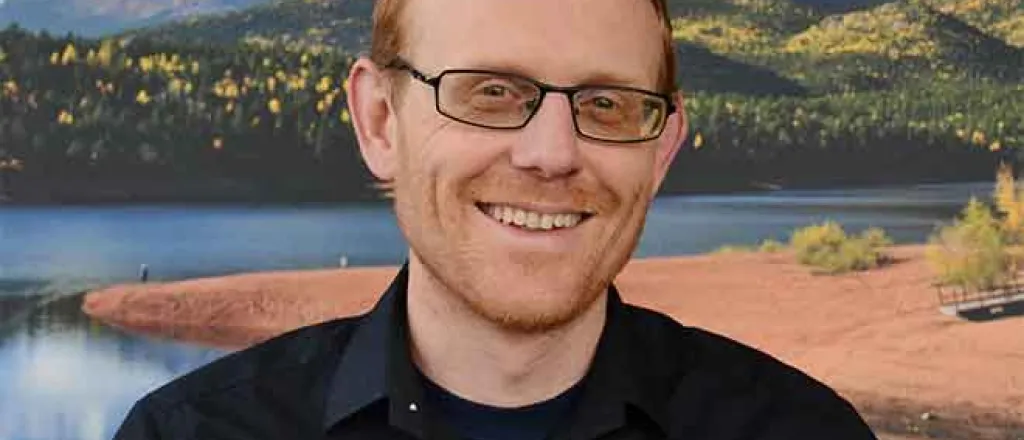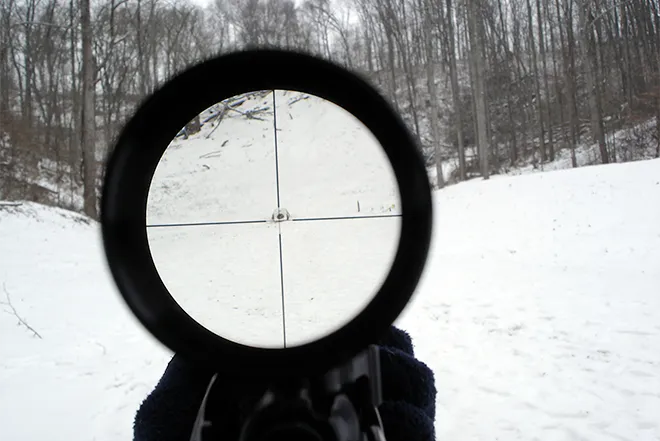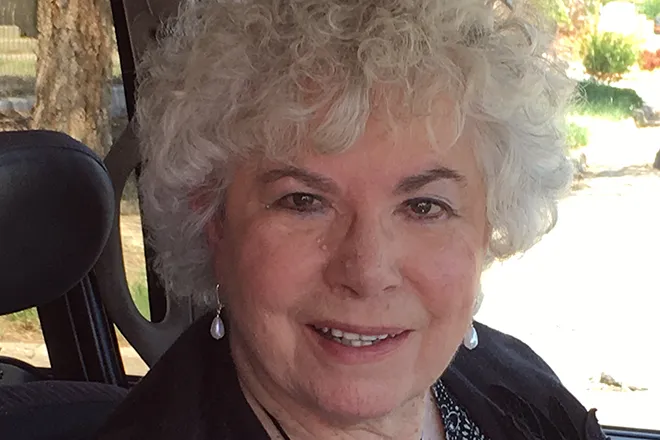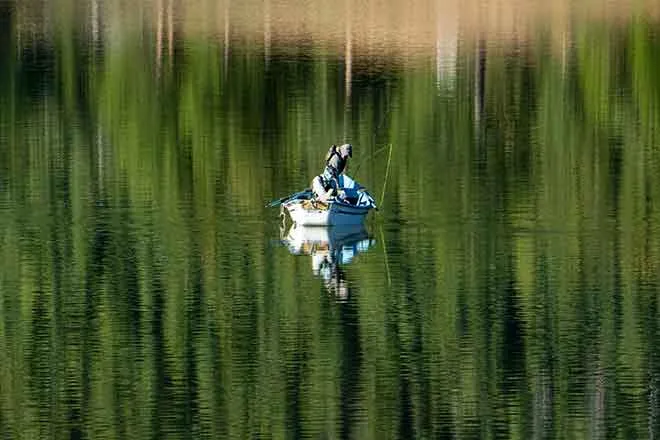
Field Notes of a Rookie Sportsman - father-daughter wild turkey hunt
New appreciation of wild turkey as excitement builds for our first-ever father-daughter hunt
Calling a turkey is much different than being called a turkey. In fact, it’s much harder to call a turkey than I ever dreamed because the birds are really smart.
Thanks to what we learned about the wild, upland ground bird in our Rookie Sportsman Program (RSP) classes in April, my daughter, Natalie, and I have a much deeper appreciation for wild turkey and are more excited than ever as we prepare to go seek them out on what will be our first-ever hunt.
And in the future, I will be less likely to call anyone a turkey, unless they are exhibiting the brains and instincts of these large, intelligent birds.
Natalie and I learned all this and more from our Colorado Parks and Wildlife (CPW) instructors in our RSP classes in April. And we are eager to get out of the classroom and into the wild to test our new knowledge.
We are members of CPW’s 2019 RSP class and we’ve been learning everything we must know before actually venturing out with our CPW wildlife officer/mentor.
Our training started with firearm safety and classes on how CPW uses hunting as a wildlife management tool. Finally, we were schooled in turkey-hunting strategies to ensure we have a safe, fun and successful first hunt.
Friday, April 10, Natalie and I joined other RSP members at CPW’s Southeast Region office in Colorado Springs for the Turkey Hunting 101 class.
Retired Air Force Col. Willie Kalaskie, now chairman of the Pikes Peak Chapter of the National Wild Turkey Federation (NWTF), led the class, with help from CPW Area Wildlife Manager Frank McGee, who sponsors the RSP class.
Kalaskie noted most hunters come to Colorado to seek big game but there are many other great opportunities to hunt here including wild turkey.
“Colorado is a hooves and horns state,” he said. “(But) we’re trying to grow turkey habitat every year.”
We learned about the NWTF and how it has conserved 15 million acres of habitat in the U.S.
“Hunting and habitat go hand-in-hand,” Kalaskie said. “You can’t have quality hunting without quality wildlife habitat.”
And we were reminded how the Pittman-Robertson and Dingell-Johnson acts have used sportsmen’s dollars to save our wildlife from extirpation, the wild turkey included.
There were approximately 10 million wild turkeys in North America before European migration. But that number fell to 30,000 by 1930 as logging and mining destroyed habitat and unregulated harvest decimated turkey populations.
Thanks to wildlife management efforts by CPW’s predecessor agencies, and funding from the Pittman-Robertson Act of 1937 (an excise tax on firearms and ammunition), turkey numbers rebounded to 7 million turkeys across the U.S. by 2013.
“Hunters funded this restoration,” Kalaskie told us.
After the history lesson, we got down to biological business. We learned about spurs, snoods and dewlaps. We learned that female turkeys can sometimes have a beard and that many hunters are obsessed with finding one. (It sounded like a circus sideshow: See the bearded female turkey!)
We learned the wild turkey is the largest North American game bird with excellent eyes and hearing, but a poor sense of smell.
“You’ll never successfully stalk a wild turkey,” Kalaskie said. “You have to call them to you.”
That’s why turkey hunters wear camouflage in the field and often use decoys, blinds and bird calls.
Kalaskie brought an array of turkey calls that he demonstrated and allowed us to try. The wooden box call was easiest to operate. He also had slate calls which make sound by drawing a peg or striker across a dry surface. He also had a more sophisticated diaphragm call you position in your mouth to use.
We listened to different types of turkey calls: Clucks, putts, hen yelps, tree calls, cutting, hen assembly calls, fly down cackles, kee kee calls, hen purr calls and, of course, gobbling – the vocalization a male tom turkey uses in the spring.
“The sound we all wait to hear,” Kalaskie said.
He had a gobbler shaker call as well and this proved to be a big hit with my daughter.
“I would have annoyed my parents so much with that call when I was a kid,” DWM Cassidy English said as my daughter shook the call near my ear. “Just like that.”
We also learned that besides our shotguns, we really needed turkey vests to have a good hunt.
“It’s got pockets for calls and strikers and a padded seat,” AWM McGee said. “That can help keep you warm too. If you’re sitting on the cold ground, you’ll have a hard time staying out for very long.”
Contrary to big-game hunting, turkey hunters aim for the head and neck when using a shotgun. Before going out in the field, hunters should “pattern” their shotguns, meaning they should practice shooting targets with the kind of ammunition they intend to hunt with to see how it performs and make adjustments if necessary.
“You might find with a particular gun, your pattern [of shotgun shells] might open up too much and you won’t be effective at a certain distance,” McGee said.
Both Kalaskie and McGee said they were big fans of using blinds, especially with young kids.
“Kids have a hard time sitting still,” McGee said. “It doesn’t take much movement at all for a turkey to bust you.”
Turkeys sleep in a roost tree at night to avoid predators, so hunters scouting out an area will often try to set up their blind ahead of time, based on where they think the flock might choose to feed.
We also learned many hunters use decoys, but if you’re using a tom decoy, be mindful of how you place it to avoid potential accidents from other hunters stalking your decoy.
“You want a tom decoy facing your blind,” Kalaskie said. “Chances are a hunter won’t shoot a turkey from the back.”
It was a lot of information to digest, but Natalie and I are excited to see how much we remember when we go turkey hunting in May with our assigned mentor, CPW DWM Logan Wilkins.
You will read all about it in the next installment of “Field Notes of a Rookie Sportsman.”














